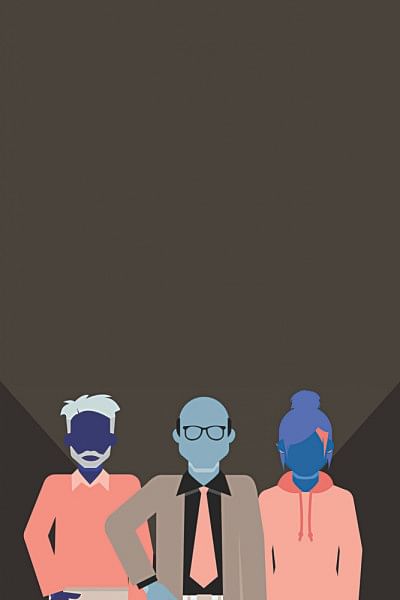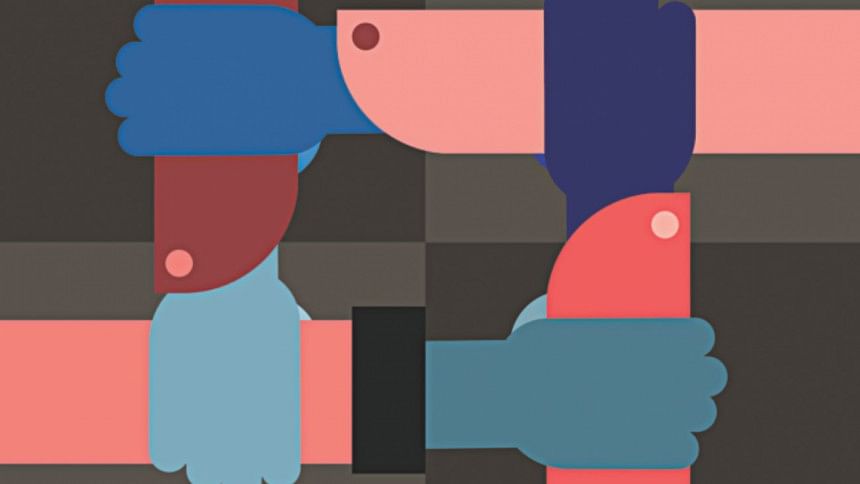Towards building an inclusive workforce

Due to the evolution of global workplace, the next worldwide emerging market are women. In Bangladesh the rate of female labour participation stands at 41.4%. As a fact, Asia Pacific is habitant to 700 million adolescents, in other words, 5% of the world's youth population, who can create a diverse workforce of people coming from diverse backgrounds.
Every year, a significant number of women graduate from universities and join the workforce. But the number of educated and experienced women significantly decreases when it comes down to leadership roles. As an outcome, traditional workplace cultures need to change for businesses to remain competitive as the workforce evolves.
Empowerment has always been at the core of our industry and is core to Microsoft's mission to enable every person and every organization on the planet to achieve more. When we talk about empowering people, we believe that with the right tools, anyone can become anything. Empowerment, therefore, is key to building a diverse and inclusive workforce.
At Microsoft, we have been on a journey to leverage the strength of our diverse workforce through greater inclusion. After all, the diversity of our workforce and the inclusion of talented women from different backgrounds, act as the fuel that keeps our engines of innovation and growth running.
CREATE A MORE INCLUSIVE CULTURE
Having an inclusive workforce that's also productive and competitive is important. However, unconscious bias—or the attitudes and stereotypes that affect the understanding, actions, and decisions in an unconscious manner—can work against this in unintentional ways.
For the past several years, we set goals to increase diversity and inclusion across the company. And, the most important thing we have learned is building an inclusive organization is very much about the attitude and behaviour of the leaders. It takes strong leadership and unwavering accountability, starting at the very top of the company.
As such, we have invested in unconscious bias training across the company, starting with leaders and then expanding unconscious bias training to reach every single one of their employees. Better yet, we have made this training publicly available via our Global Diversity & Inclusion training website.
EMPOWER PEOPLE
Wouldn't it be nice to work for a company that harbours smart, curious people who reflect all dimensions of diversity? Our employee resource groups (i.e. disables persons; women; Asians; blacks; LGBTQ; Hispanic/Latino; and parents) represent many different segments of our population and serve as outreach mechanisms between diverse communities and Microsoft.
These groups help support important business initiatives—from recruiting and retention to the marketing of Microsoft products and services. Leaders that hope to inject diversity and inclusion in the workplace will need to scale learning and career development through such programs.

EXPAND THE PIPELINE
Tech companies often face criticism for their slow process in employing more women and other underrepresented groups. The reason ranges from traditional mindsets to the lack of females in the STEM pipeline. At Microsoft, collaboration occurs with other technology companies and non-profits to broaden the pipeline of diverse talent flowing into the industry.
In Bangladesh; we have invested in Microsoft YouthSpark, a unique program by Microsoft. Through partnership with the youth-serving non-profit, Shakti Foundation and by conveying a program, Microsoft YouthSpark has created new opportunities for more than 2,200 young men and women in Bangladesh. For Bangladesh, it is a must to equip women with a better bargaining position and higher chances of employability through skills trainings, as it also helps women build confidence and self-esteem.
Recently, YouthSpark participants were connected to employment opportunities within Microsoft, our partner ecosystem, and customers—which is helping to address the technology skills gap and youth unemployment, a real challenge across Bangladesh.
Today, Microsoft's board of directors is among the most diverse of any company in technology, with women and ethnic minorities representing six of our 14 positions.
DELIGHT YOUR CUSTOMERS
Leveraging global diversity and inclusion will help create better ideas and better products to serve customers. Over the last several years, we have hosted an annual Ability Summit which brings engineers, designers and other tech professionals together to work side-by-side with people with disabilities, who represent 15% of the world population, to help create the next wave of great, accessible products and services that will help them achieve more. Customers are aware of the needs of the people with disabilities and make purchasing decisions based on how companies treat them.
As businesses face stiff competition, workplace models across industries are also being scrutinized. Therefore, leadership in this age requires a collaborative mindset, and an ability to collectively envisage a diverse and inclusive future.
As Bangladesh is going through its economic growth phase, it is necessary for the nation to build an inclusive workforce. Alongside regulatory reform, adoption of new technologies and facilitation of migration from rural to urban centres will help create better jobs and develop the workforce. Furthermore, Bangladesh should focus more on building inclusive opportunities for youth, women, ethnic minorities and the disabled to access jobs.
The writer is the General Manager of Southeast Asia New Markets, Microsoft Asia Pacific.

 For all latest news, follow The Daily Star's Google News channel.
For all latest news, follow The Daily Star's Google News channel. 



Comments